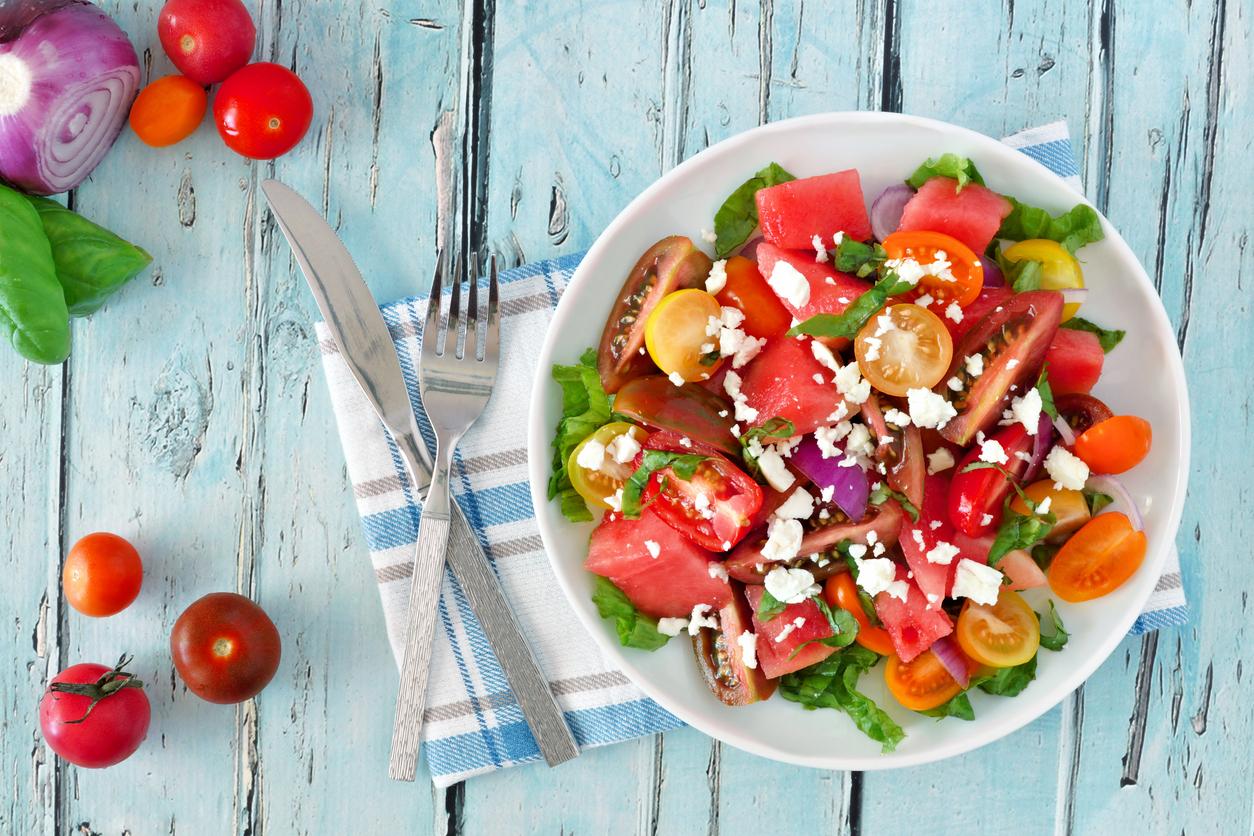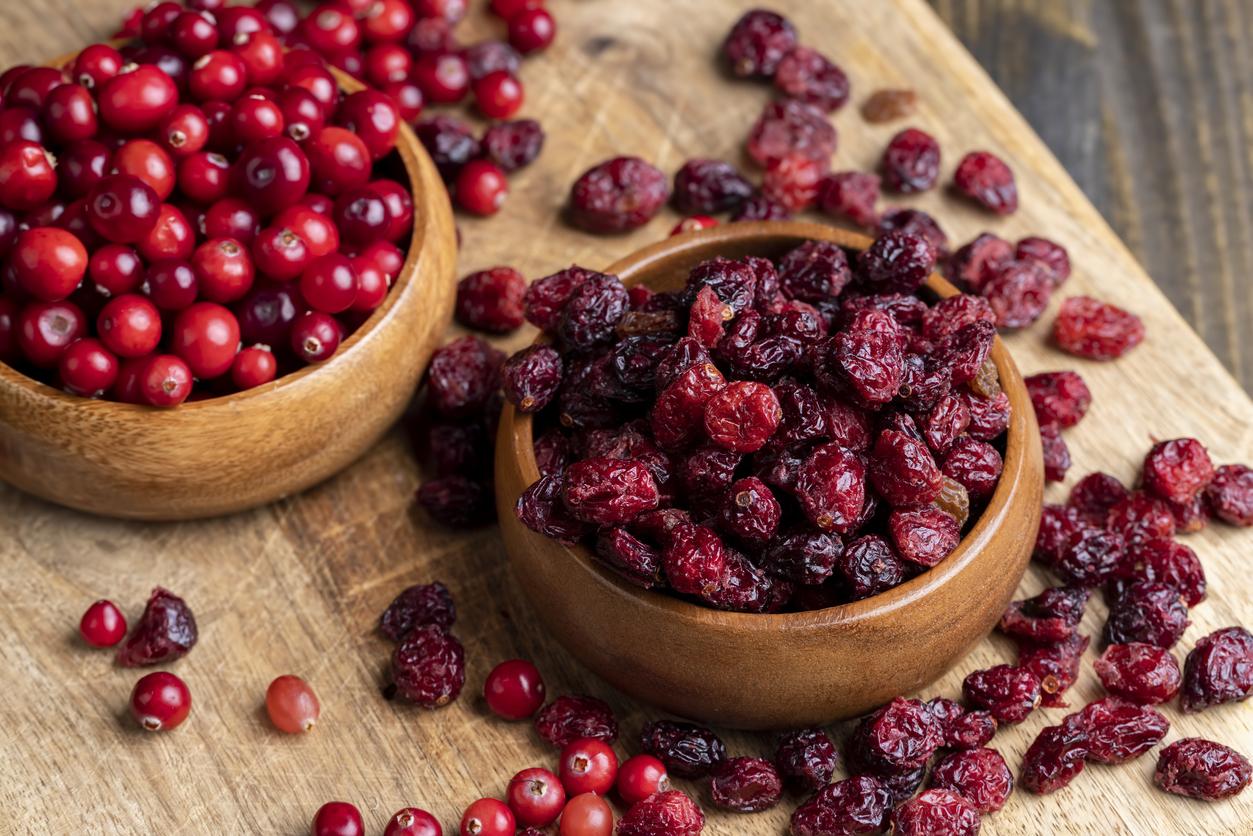
Legumes lower your cholesterol
Spring vegetables are simply delicious, of course, but they also provide vitamins, minerals and fiber that you need to stay healthy. What’s in it?
Spinach
Boosts the red blood cells
Cartoon hero Popeye the Sailorman gulps down a can of spinach and can handle any setback afterwards. We should also put spinach on the table more often. The leaves contain a lot of folic acid (important for the production of red blood cells) and a lot of iron (which you need for the production of hemoglobin, a part of the red blood cells). Red blood cells carry oxygen throughout the body. Spinach also contains antioxidants, potassium, calcium, phosphorus and magnesium.
For a long time it was thought that you should be careful with nitrate-rich vegetables such as spinach, because nitrate can be converted in the body into the toxic nitrite and nitrosamine. But spinach and other nitrate-rich vegetables have since been rehabilitated by the European Food Safety Authority (EFSA) and the Dutch National Institute for Public Health and the Environment (RIVM). Although nitrate can be converted in the body, the amounts are so small that it has no harmful effect on health, according to recent research.
chicory
Good for the gut bacteria
Chicory, originally a vegetable from Brussels, was not easy to get hold of when it made its entrance on the market in Paris almost 150 years ago. Today’s chicory varieties taste much less bitter. You can use it in all directions in the kitchen. The fiber in chicory is a good source of nutrition for the bacteria in your large intestine. When these fibers are broken down, substances are released that benefit both the intestinal bacteria and the cells in your intestinal wall. Chicory also contains a lot of potassium and vitamin C. Potassium has a beneficial effect on blood pressure. You need vitamin C for the production of connective tissue, the absorption of iron from the diet and the maintenance of the resistance. Vitamin C is also an antioxidant: it protects the body’s cells against damage by ‘free radicals’ (aggressive substances that can damage cells and tissues). Antioxidants may be able to prevent cancer and cardiovascular disease in the long term, according to the Nutrition Center.
Broccoli
Supports the resistance
Take a closer look at a broccoli stalk and you’ll see a collection of tiny flowers. Italians eat both the florets and leaves of broccoli. In the Netherlands we stick to the roses. The stumps are often thrown away, even though they contain most of the vitamins and minerals. They also provide the most flavor. Peel the stumps with the vegetable peeler, cut them into slices and cook, fry or wok them with the rest of the vegetables.
Broccoli is a real vitamin bomb. With 200 grams of broccoli (four serving spoons) you already get the recommended daily amount (RDA) of vitamin C: 75 milligrams. You need vitamin C for your immune system, connective tissue and the absorption of iron. What is special about broccoli is the high content of sulforaphane, a strong antioxidant that may protect the body against the harmful effects of carcinogens. In animals, sulforaphane has been found to help the liver remove foreign bodies and carcinogens from the body. Whether this also applies to humans is not (yet) clear. Broccoli is also high in B vitamins, vitamin E and vitamin K.
fielders
For lower cholesterol
Veldertjes (young capuchins) already leave the country in the spring. They have a milder taste than their big brothers (capuchins), which are only harvested in the summer. Just like other legumes, Veldertjes are rich in dietary fiber and proteins. These fibers help, among other things, to lower the LDL cholesterol in your blood. A meal of 130 grams of cooked legumes every day lowers the cholesterol level by 0.2 mmol per liter. Low LDL cholesterol is good for the blood vessels. The proteins in feldspars provide energy and are involved in the production of muscle tissue, bone tissue, blood and regulatory processes in the body.
asparagus
Good for the nervous system
They’re back: fresh asparagus, straight from the field. From the beginning of April to IJsheiligen (11 – 15 May) is the Dutch asparagus season and many enthusiasts rush to the local asparagus grower. No growers nearby? In the supermarket or at the greengrocer you can easily check whether you are dealing with fresh asparagus. Rub two stems together and prick the ears: if you hear a squeaking sound, then it’s good. Asparagus is not only tasty, but also very healthy. They are rich in the amino acid aspartic acid (involved in the nervous and immune systems) and have a reputation for being aphrodisiac. Asparagus also contains large amounts of vitamins, minerals and fiber.
The healthy effects of dietary fiber
Spinach, chicory, broccoli, field peas and asparagus are rich in dietary fiber. You need this kind of fiber for good bowel function. They are a food source for the bacteria in your gut and keep your bowel movements healthy. We need 30 to 40 grams of dietary fiber per day. Only 10 percent of the Dutch get enough. Research shows that if you eat little fiber and eat 10 grams of extra fiber per day, it lowers the risk of colon cancer by 10 percent and the risk of breast cancer by 5 percent. Fiber also helps your body with diseases such as diabetes and cardiovascular disease. There are different types of dietary fiber. They all have a different effect on our body. Which fibers have which effect: researchers are not yet sure. That is why it is best to eat as many different fiber-rich foods as possible. Legumes (beans, capuchins), whole grain products (whole wheat bread, rye bread), breakfast cereals (muesli) and fruit (dried figs, dried dates) in particular contain a lot of fiber.
Thanks to Astrid Postma-Smeets (Nutrition Centre).
This article previously appeared in Plus Magazine April 2018. Not yet a Plus Magazine subscriber? Becoming a subscriber is done in no time!
Sources):
- Plus Magazine

















